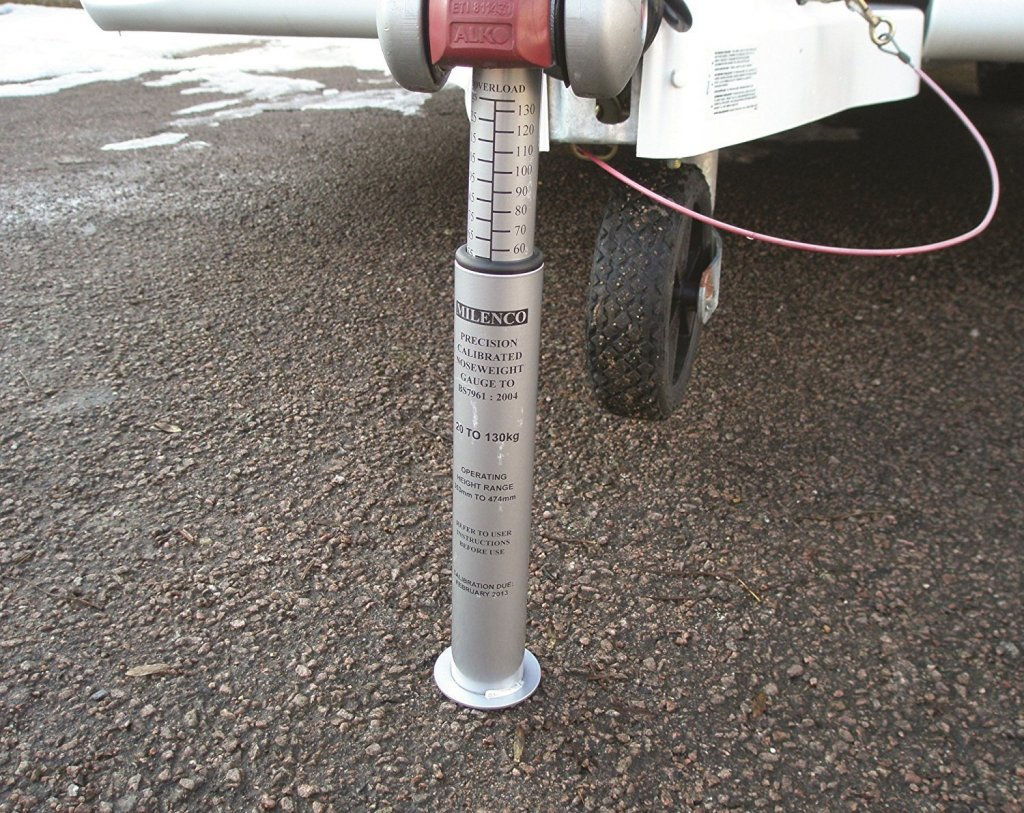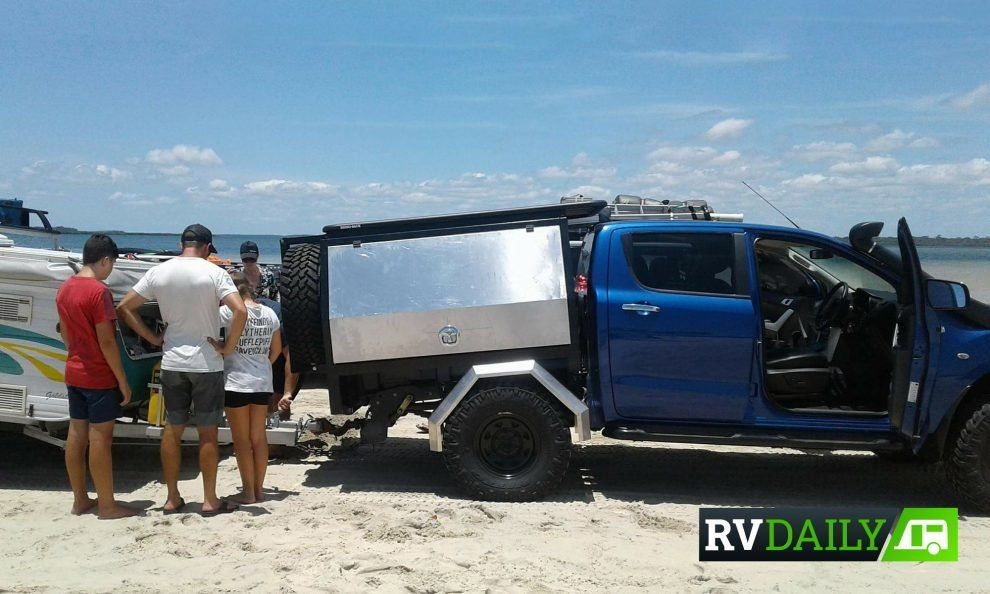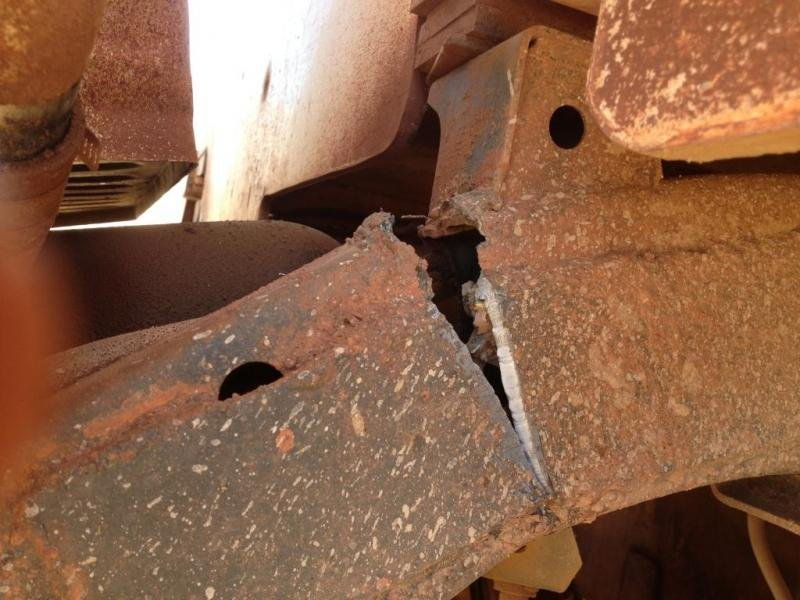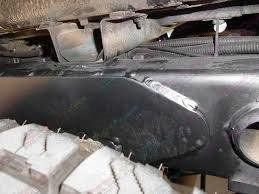- Joined
- Sep 4, 2014
- Messages
- 8,935
- Reaction score
- 6,776
Yeah good video that, I had worked it all out but I was looking for a way to upgrade my vehicle from the factory specs, the conclusion I came to is that I don't need too, Although I have fitted maximized components that has not changed anything all it has done is bullet proof the vehicle when it is used within the Manufacturers Limits,
My Kerb weight is 1810kg
My GVM is 2510 Leaving 2900kgs and ( 2610kg When Towing )
because the 100+ Kgs is taken from the Trailer weight and is added to the GVM of the truck.
Which leaves me 2800kgs
My GCM is 5410,
Having a High Tow ball weight is only going to add unwarranted stress on the Tow Vehicle and increase driver fatigue along with at night send your headlight beams Possum Shooting and blinding the family of Mopokes sitting in the tree at the end of the road.
I have found the ultimate Caravan made by a german company here in the UK that have been making caravans for about 87 years, Buying the basic model without all the junk in it weighs in at with a kerb weight of 795kgs and a GVM/Loaded depending on the layout between 1000kg to 1300kgs,
This 1300kg GVM model works best for me because it gives me a Payload of 505kgs Add that to my Trucks payload of 700kgs is 1205kgs which is an incredible amount when you add the trucks GVM of 2510 to the Vans 1300kgs @ 3810kgs because even fully loaded the whole set up is still under 1600kgs under the GCM of the Truck and I am still able to haul 1.2 Tons of gear.
Or by buying the bigger model that has a GVM of 1400kgs and a kerb weight of 965kgs would still allow me to haul 1135kgs ' 3910kgs leaving 1500kgs to spare As IN being under weight, that has to be a good thing for me and the truck not to mention fuel economy.
Here is another Video by the same Guy regarding load levellers, and he is mad the same points Redfin "well done Redfin" made, so they seem sort of Ok for highway use but a Big No No off the beaten track.
https://www.youtube.com/watch?v=kCgRiVNaXFc&t=1s
My Kerb weight is 1810kg
My GVM is 2510 Leaving 2900kgs and ( 2610kg When Towing )
because the 100+ Kgs is taken from the Trailer weight and is added to the GVM of the truck.
Which leaves me 2800kgs
My GCM is 5410,
Having a High Tow ball weight is only going to add unwarranted stress on the Tow Vehicle and increase driver fatigue along with at night send your headlight beams Possum Shooting and blinding the family of Mopokes sitting in the tree at the end of the road.
I have found the ultimate Caravan made by a german company here in the UK that have been making caravans for about 87 years, Buying the basic model without all the junk in it weighs in at with a kerb weight of 795kgs and a GVM/Loaded depending on the layout between 1000kg to 1300kgs,
This 1300kg GVM model works best for me because it gives me a Payload of 505kgs Add that to my Trucks payload of 700kgs is 1205kgs which is an incredible amount when you add the trucks GVM of 2510 to the Vans 1300kgs @ 3810kgs because even fully loaded the whole set up is still under 1600kgs under the GCM of the Truck and I am still able to haul 1.2 Tons of gear.
Or by buying the bigger model that has a GVM of 1400kgs and a kerb weight of 965kgs would still allow me to haul 1135kgs ' 3910kgs leaving 1500kgs to spare As IN being under weight, that has to be a good thing for me and the truck not to mention fuel economy.
Here is another Video by the same Guy regarding load levellers, and he is mad the same points Redfin "well done Redfin" made, so they seem sort of Ok for highway use but a Big No No off the beaten track.
https://www.youtube.com/watch?v=kCgRiVNaXFc&t=1s







